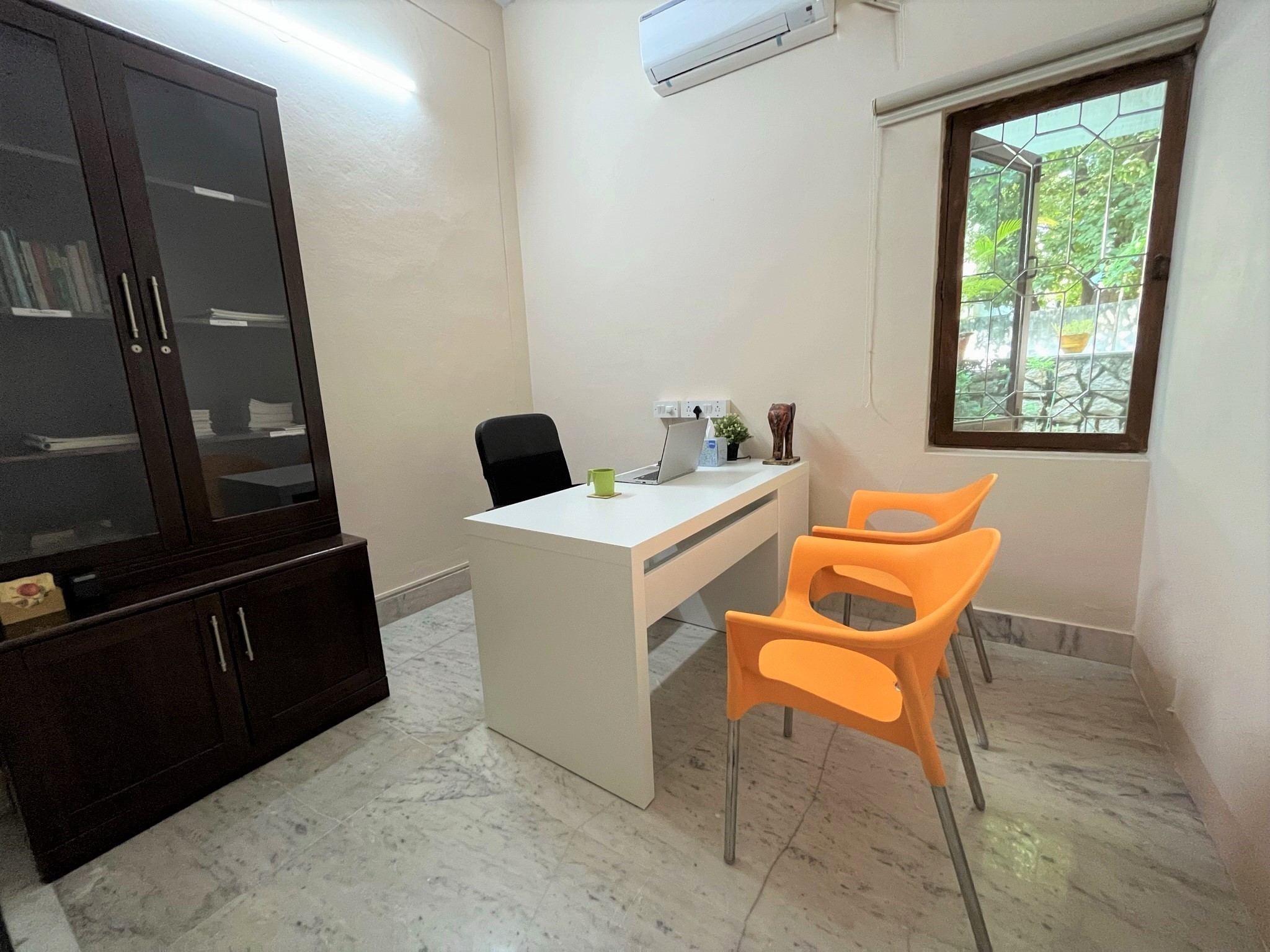Is Self-Care the Solution for Burnout?

It is sometimes the case that a health care facility is overwhelmed with clients seeking help. The centre has to ensure that it adequately addresses both providers’ and clients’ needs. This is sometimes challenging: counsellors’ caseloads get full, the waitlist gets swollen, and team morale takes a beating. In such situations, many ask—Is Self-Care the Solution for Burnout, or is a deeper, systemic approach needed?
Typically, the head of the facility responds with a knee-jerk reaction. The therapists are told to employ self-care to make it through this rough period. This type of leadership in moments of extreme stress is harmful.
However, this sort of thinking is highly prevalent and predictable. They place the problem (burnout) and the solution (self-care) as something the individual should address.
Is burnout simply the result of insufficient self-care?
Our experience in the mental health care area shows that burnout is much more complex than worker behaviours. We have to widen our perspective to understand the contributory factors of burnout. We can only attempt to prevent burnout or address it when it’s consuming us.
What is Burnout?
Burnout is a hot topic nowadays (pun intended). Numerous articles, blogs, and books have been written on the subject.
Burnout is described as a state of distressing emotions, stress, physical exhaustion, cynicism, and a decline in professional efficacy that a person experiences as a response to workplace stressors.
According to a study by Dr Maslach in the 1970s, burnout has three critical dimensions, each containing various symptoms and negative experiences:
- Exhaustion Dimension: wearing out, loss of energy, and fatigue
- Cynicism Dimension: negative attitudes toward clients, irritability, loss of idealism, and departure from professional obligations
- Inefficiency Dimension: reduced productivity, low morale, and inability to cope
Since those early studies of workplace burnout, there has been an upsurge of research on burnout. Burnout has now become far too commonplace in many workplaces.
The misguided focus on individuals who burn out
While there have been significant explorations into burnout experiences, it has often led to solutions that also solely focus on the individuals. This creates the impression that burnout originates within individual people.
If we think that burnout happens because of weaknesses or vulnerabilities of an individual worker, we are less likely to investigate the ways workplace policies and economic resources may contribute to burnout environments.
This is similar to how we put effort and energy into putting out isolated forest fires, but do not address the climate crisis that increases the frequency and intensity of the fires.
A great deal of the public focus on burnout has zeroed in on individual workers’ coping skills and deficits. However, three decades of research have demonstrated that work environments, not individual workers, impact the possibility of burnout and worker turnover.
Work environments!
Research has indicated that both work environment and individual characteristics are responsible for burnout.
Burnout is the shared responsibility of the individual, the organisation and its work culture. We have increasingly become a burnout culture, and it is salt on the wounds of so many people who are struggling to suggest that the problem is that they are not doing enough yoga!
Work culture has the most significant impact, not individual employees, on the possibility of burnout and worker turnover.
Burnout Systems and culture
Instead of work-related interventions, we see an abundance of self-help resources and books that centre on the topic of burnout for individual people. Companies host self-care outreach programmes, but not work environment audits. Employees are advised to simply do more cardio, eat healthily, and learn to meditate to manage symptoms of burnout.
Caring workplaces
We can do two things to address burnout in the workplace. First, work culture should shift the focus from individuals to operation systems, including ambience.
Second, we can reduce burnout stigma because burnout is usually viewed as an individual’s lack of resilience or mental instability. There can be a great deal of stigma for people when experiencing burnout.
When was the last time you visited a health care facility? The ambience is clinical and dispassionate, and business-like. There are also in-your-face promotions that smack of business rather than a soothing, caring environment.
Hope Trust – comforting environment
Creating a welcoming and calming ambience for clients is very important – especially in mental health. Hope Trust facility is spacious, with paintings on the walls instead of advertisements and plenty of greenery.

That lends a personality to the place as premium and reflects the work culture that is sensitive to the emotional state of both clients and employees.
If you or a loved one is struggling with a psychological, substance use or relationship issue, call 9008 50001 for an in-person or online appointment with a therapist.